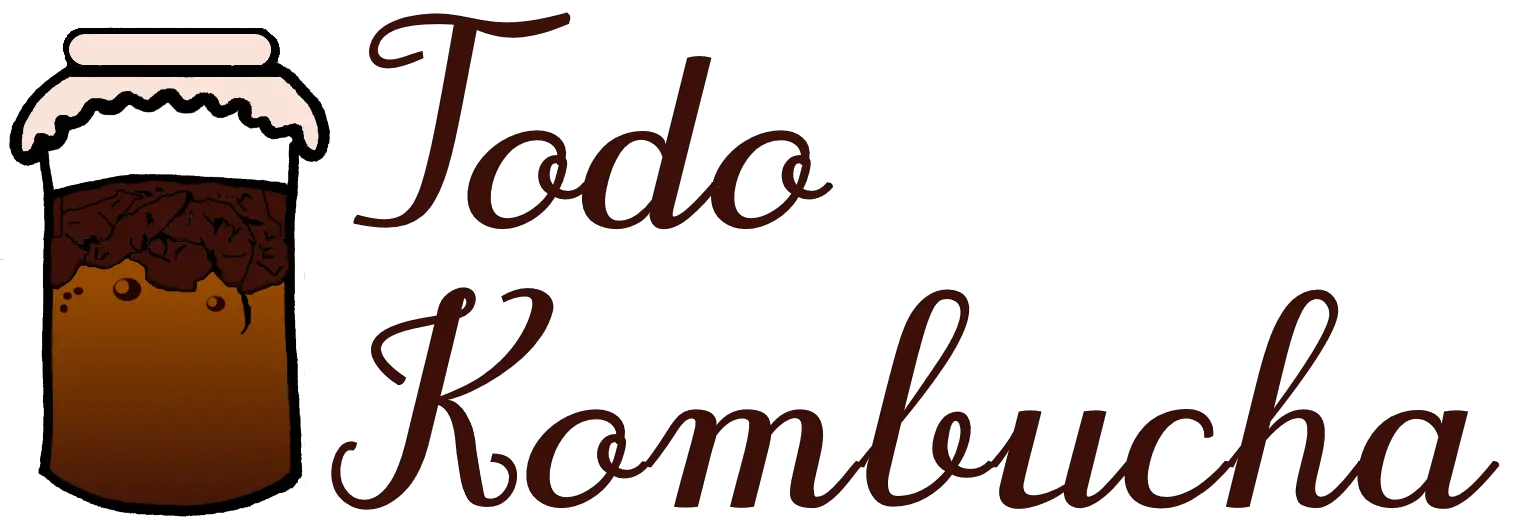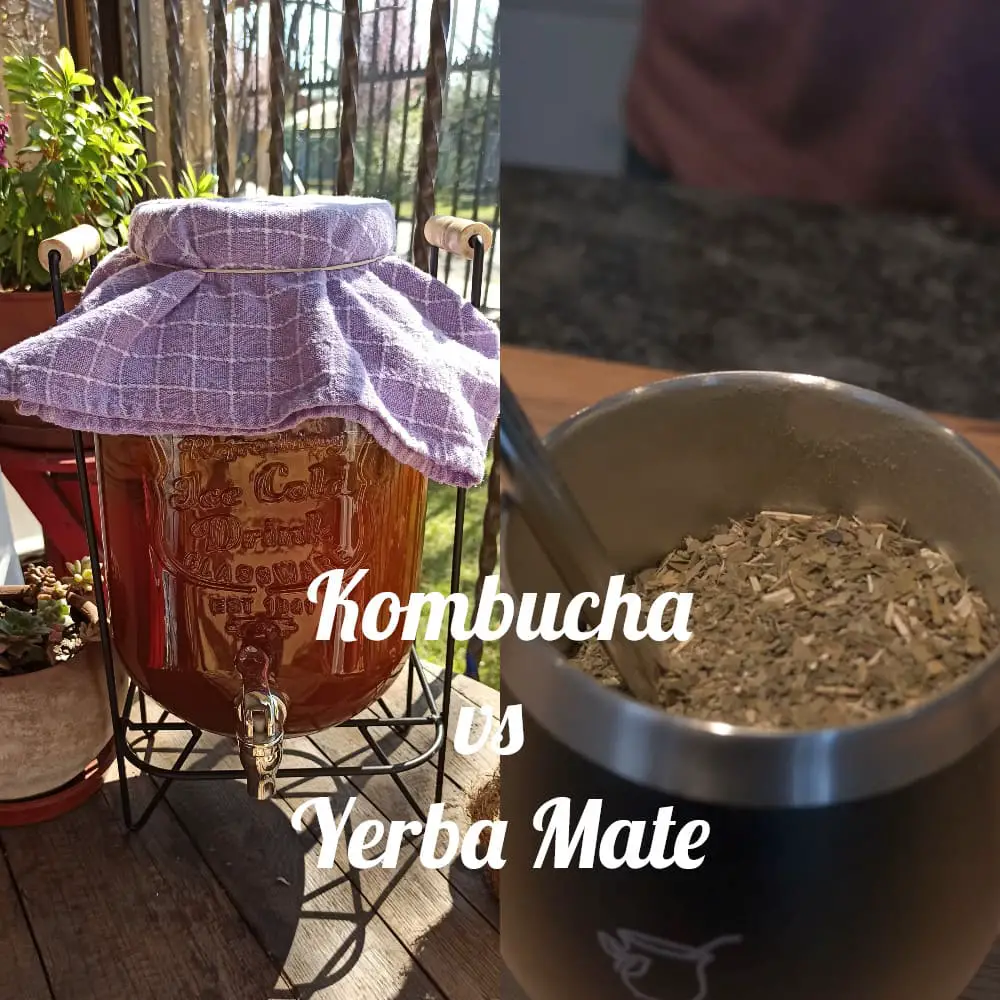For many years, beverages have been a response to the desire of consumers who seek refreshing and stimulating options for the body.
Among the various beneficial drinks in the world we find two food and nutritious products such as YERBA MATE and KOMBUCHA consumed for years in different countries of origin and have spread worldwide and incorporated into their consumption as healthy lifestyle habits.
Yerba mate is a food and nutritious non-fermented product based on yerba (Ilex Paraguariensis plant) used as a daily drink, in infusion as tea, or coffee. It is widely used in folk medicine for its immense qualities that it brings to the human.
Kombucha, on the other hand, is a product rich in probiotics, product of the fermentation of black or green tea that contains bacteria and yeasts for its fermentation and provides the necessary nutrients to the body.
Both drinks in certain general characteristics are different, but they are also similar, so we explain below everything related to their benefits, origin, aroma, flavor, etc.
What do Kombucha and Yerba mate have in common?
Both drinks are nutritious foods that provide common benefits for the body; however, they differ in certain important characteristics in each of them.
In this area, one of the properties of both drinks is the antioxidant capacity, which although its amount varies between both products, the polyphenols they contain make them one of the best natural antioxidants that currently exist. [1]
What are the benefits of Kombucha and Yerba mate?
The mate leaf is used in folk medicine mainly as a central nervous system stimulant because it contains caffeine and has other properties such as:[2]
- Lipid-lowering, that is, it helps against obesity by improving cholesterol and triglyceride levels.
- Antioxidant by the participation of chlorogenic acid from yerba that helps eliminate toxins (free radicals) through urine.
- Helps improve digestion.
- Lipolymic, that is, it helps against obesity in view of improving metabolism against body fat tissue producing oxidation of adipose tissue (fat).
- Thermogenesis helps regulate body temperature.
- Anti-ischemic protection, that is, it helps the cardiovascular system by preventing fat clots that prevent their oxygenation (atheromatous plaque).
- Prevention of colon cancer by the intervention of saponins in the leaves of yerba mate in in vitro tests. [3]
As for kombucha its beneficial properties we have
- Detoxifying effects.
- Loading vitamins and minerals like A, D, C, and E thus strengthens the immune system.
- They are low in calories.
- Natural diuretic because it is low in sodium, potassium, and high-water content.
- It protects the intestine against infections, due to the production of immunoglobulins, the action of probiotics.
- Combats joint disorders (arthritis) in rodent studies.
- Strengthens the immune system.
- Improves metabolism in general.
Contraindications of Kombucha and Yerba mate
Yerbamate has no toxicity or adverse effects at the usual doses, according to the Commission of the German Ministry of Health.
However, there are isolated cases of adverse effects related to the consumption of mate as a habitual drink or its prolonged use, causing incidence of esophageal neoplasms due to consumption at the ingestion of mate (hot) infusion in Argentina, Brazil, Uruguay, but not in Paraguay that ingests it cold. According to scientific studies, the combination of high temperatures plus caffeine causes mutagenic alterations. [1]
In the case of Kombucha it is NOT RECOMMENDED in IMMUNOSUPPRESSED patients, for causing infectious pictures, in pregnant women, infants and children under 6 years of age due to its alcohol content.
Another precaution that must be taken into account is in the case of patients with chronic renal failure in which the excessive consumption of these drinks should be controlled in view of their diuretic property.
Recommended dose to consume Kombucha and Yerba mate.
Kombucha being a natural drink starts with a daily intake of “120 to 360 ml” distributed before the main meals, it would be the recommended dose to notice the effects in a short term. As for DIABETICS, keep in mind not to exceed this amount for the sugar added to the drink.
You can accompany this drink with 2 liters of water per day to increase the amount of elimination of toxic substances that kombucha dissolves.
Remember that you can check our post about the recommended daily dose of kombucha
As for yerba mate a supplemental dose of yerba mate isolate consists of approximately 1000-1500 mg of yerba mate leaves in powder form. According to various research, they suggest that a healthy person can drink 3 cups of 330 ml each, per day, continued for 60 days.
Are the probiotics of kombucha and yerba mate the same?
Kombucha contains microorganisms as initiators for its fermentation and is what gives it its probiotic function and as a result the different benefits to human health.
As for yerba mate is a type of non-probiotic food in view that does not contain microorganism for fermentation, however this drink is nutritious because it acts on the PH level directly through an alkaline base for its different elements and amino acids with what this product contains. [1]
That is, the probiotics of these two drinks are not the same, since they act differently in the human body, kombucha as a food rich in probiotics and yerba mate as a nutritious food that intervenes directly in the PH of the human body through its nutrients.
Kombucha vs Yerba mate: Main differences
Between these 2 drinks there are certain differences between them in terms of their characteristics of origin, preparation, raw material and sensory. In the same way we will detail its general characteristics.
Origin:
As for kombucha comes from the Asian continent, exactly from China.
As for Yerba mate comes from the tropical south in countries such as Paraguay, Brazil, Argentina, and Uruguay.
Raw material and its preparation
As for yerba mate, its raw material comes from a plant called Ilex Paraguariensis, produced mostly in Paraguay.
Preparation: This type of drink is prepared with hot water if you want it infusion type (hot), where you add the ground yerba already processed in a mate until you reach three quarters of it of the yerba and shake it, add the hot water, and ingest. If you want, you can add sugar.
In kombucha the raw material is an infusion of sugary black or green tea.
Preparation: A symbiotic culture of bacteria and yeast is added to this liquid, sugar is added for fermentation, placed in a glass container covered with a cloth that allows air circulation without letting dust or insects enter, and the mixture is left to rest for a week or more.
Nutrients
Kombucha contains high content of vitamins and minerals such as vitamin A, C, D and E, as well as acetic acid, folic acid, phosphorus, calcium, magnesium and are low in calories.
Yerba mate contains 196 active elements and 24 vitamins such as: Vitamin A, C, E, B1, B3, B5 and B complex and minerals such as calcium, magnesium, manganese, iron, selenium, potassium and phosphorus. [1]
Taste
As for yerba mate, it has a bitter taste without adding sugar, due to the properties of caffeine, saponin and phenolic components contained in this drink.
Kombucha has a slightly sweet taste, with a hint of acid.
Aroma
Kombucha has a slightly vinegary aroma, while yerba mate has a fresh, slightly toasted aroma from ripe leaves.
Color and Texture
Both drinks have a liquid texture
Kombucha has a brown or slightly yellow color. And yerba mate has a green color of the leaf.
We will clarify some of the main differences in a comparative style chart to make it clearer and more concise for readers.
| Characteristics | Yerba Mate | kombucha |
| Origin | Paraguay, Argentina, Brazil, and Uruguay | China |
| Raw material | Plant LLEX PARAGUARIENSIS | Black or green tea |
| Microorganisms | None | Bacteria and yeasts |
| Nutrients | Low calorie (contains Polyphenols, Flavenols and Chlorogenic Acid and vitamins) | Low calorie (high in vitamins, iron) |
| Taste | Slightly bitter | Acidic or slightly sweet |
| Aroma | Fresh toasted leaves | Slightly vinegary |
| Colour | Green | Brown or reddish |
| Texture | Liquid | Liquid |
| Composition | Liquid for being an infusion | Liquidates by the presence of tea |
| Recommended dose | 3 cups a day of 330 ml | 120 to 360 ml daily |
You are invited to view similar content through the following posts.

